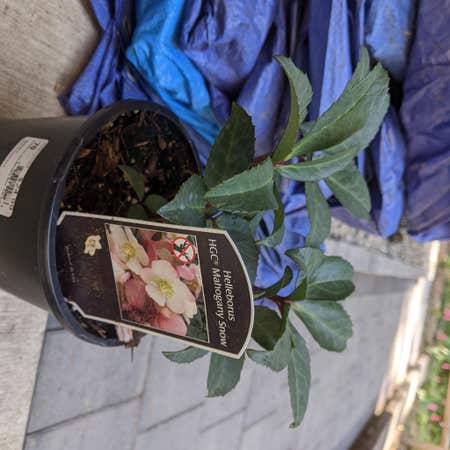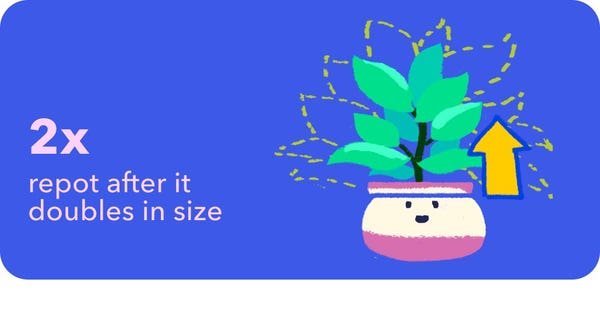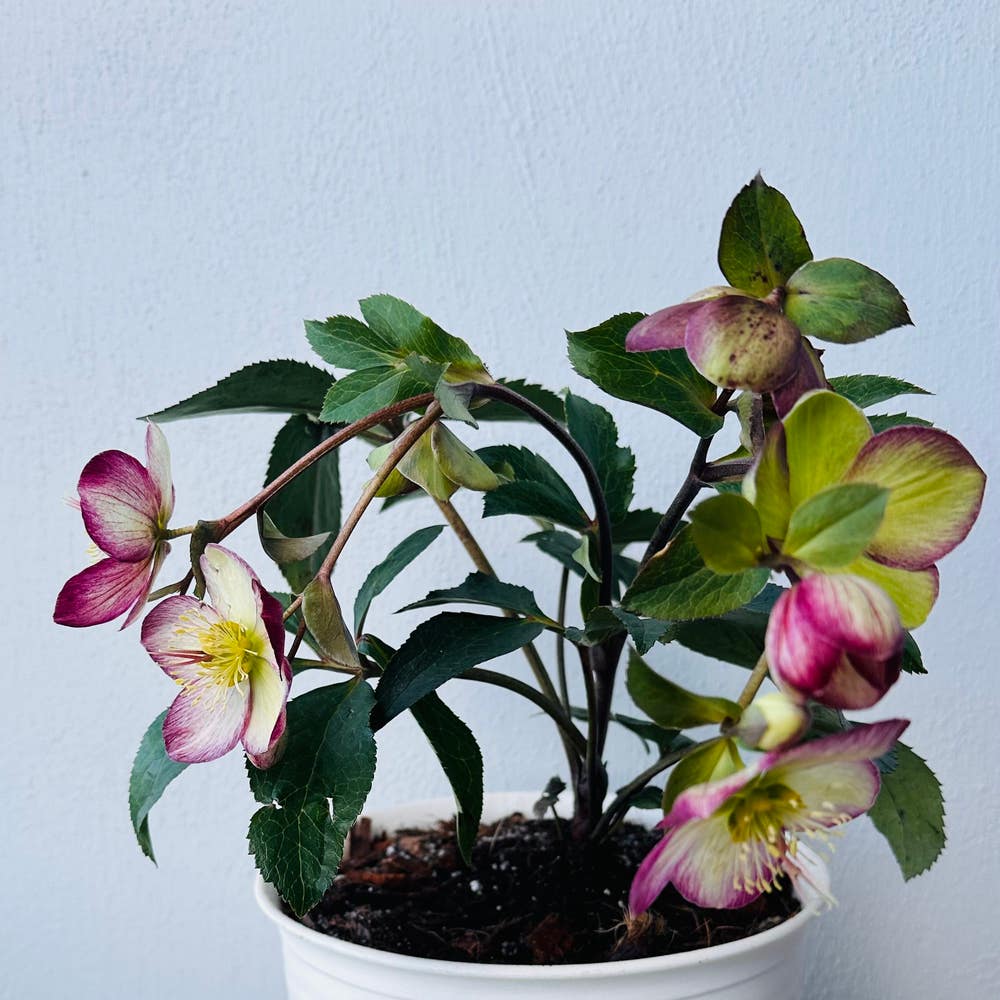













Helleborus lividus
About Helleborus lividus
Helleborus lividus is a super rare houseplant 🌿 that is easy to grow and needs regular watering to thrive. They do best in abundant sunlight ☀ and should be less than 3 feet from a window.
Helleborus lividus likes soil that is well draining. Your plant shouldn't need added fertilizers if you repot each time it doubles in size.
Helleborus lividus belongs to the Helleborus genus, and is native to Corsica and Sardenia.
⚠️ Helleborus lividus is not safe to consume. If you, a family member, or a pet has ingested any amount of plant material contact Poison Control, US (800) 222-1222, or your veterinarian. If you have children, cats, or dogs in the home, we suggest keeping this plant out of reach.
Taxonomy

Helleborus lividus
Helleborus
Ranunculaceae
Ranunculales

How to care for Helleborus lividus
How often to water your Helleborus lividus

every 9
Helleborus lividus needs 0.5 cups of water every 9 when it doesn’t get direct sunlight and is potted in a 5" pot.
Use our water calculator to personalize watering recommendations to your environment or download Greg for more advanced recommendations for all of your plants.

Water 0.5 cups every
9
Finding light for None in your home

a window
Helleborus lividus may have difficulty thriving, and will drop leaves 🍃, without ample sunlight.
Place it less than 3 feet from a south-facing window to maximize the potential for growth.
Select your region to see how the current weather in your area affects the placement of Helleborus lividus in your home 🏡.
How to fertilize Helleborus lividus

Most potting soils come with ample nutrients which plants use to produce new growth.
By the time your plant has depleted the nutrients in its soil it’s likely grown enough to need a larger pot anyway.
To replenish this plant's nutrients, repot your Helleborus lividus after it doubles in size or once a year—whichever comes first.
-
Do these beautiful plants do well indoors? Mine is drooping. #LentenRose
-
Blooms turning green? #LentenRose
-
Should I water after repotting? Her soil was still moist and I kept a lot of the original soil, just filling up the new pot with my own mix where needed. Her stems are pretty droopy right now, probably from repotting. Not sure if I should water her a bit if her soil is already moist. According the the app it says I watered 2 days ago, but that’s when I actually bought the plant and brought it home. Also Greg says this is a Lenten Rose, but according the label it’s a Helleborus Ice N Roses hybrid. Is that pretty much the same thing? #LentenRose #Helleborus #PlantsMakePeopleHappy #BalconyPlants #OutdoorGrowing #outdoorplants
-
My plant has grown weird. I bought it nice and compact. But now, the leaves are growing downwards and wide ? What should I do. #LentenRose
Care Summary for Helleborus lividus

Helleborus lividus
 Greg recommends:
Greg recommends:
 Water
Water
0.5 cups every 9 days
 Placement
Placement
< 3ft from a window
 Nutrients
Nutrients
Repot after 2x growth
Based on the 4” pot your plant is in, and that it doesn’t get direct sunlight.

 Trending in your area
Trending in your area
 Similar to Helleborus lividus
Similar to Helleborus lividus
✨ Discover rare plants

Raphionacme flanaganii

Rosularia platyphylla

Maroon Pitcher Plant

Kilimanjaro Plant

Treasure Flower

Anthurium Fingers

Euphorbia Ammak

Black Monkey Thorn Tr…

Vatricania guentheri

Begonia lubbersii

Tuber Fleeceflower

Philodendron 'Gabby'

Skeleton Key Pothos

Hoya 'Memoria'

Peperomia 'Harmony's …

Anthurium 'Fantasy Lo…

Hoya crassipetiolata




























